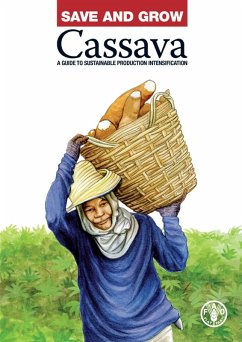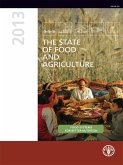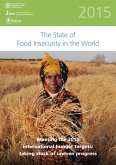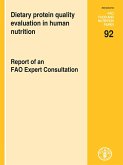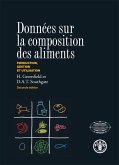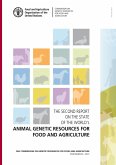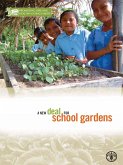This guide is the first on the practical application of FAO's Save and Grow model of agriculture to specific smallholder crops and farming systems. It comes as cassava production intensies worldwide, and growers shift from traditional cultivation practices to monocropping, higher-yielding genotypes, and greater use of agrochemicals. Intensication carries great risks, including soil nutrient depletion and upsurges in pests and diseases.The guide shows how ecosystem-based Save and Grow approaches and practices can help tropical developing countries to avoid the risks of unsustainable intensication, while realizing cassava's potential for producing higher yields, alleviating hunger and rural poverty, and contributing to national economic development.
Dieser Download kann aus rechtlichen Gründen nur mit Rechnungsadresse in A, B, CY, CZ, D, DK, EW, E, FIN, F, GR, H, IRL, I, LT, L, LR, M, NL, PL, P, R, S, SLO, SK ausgeliefert werden.

